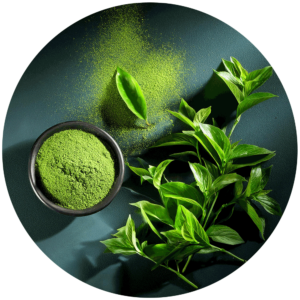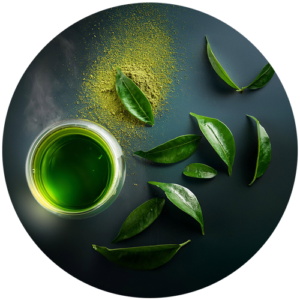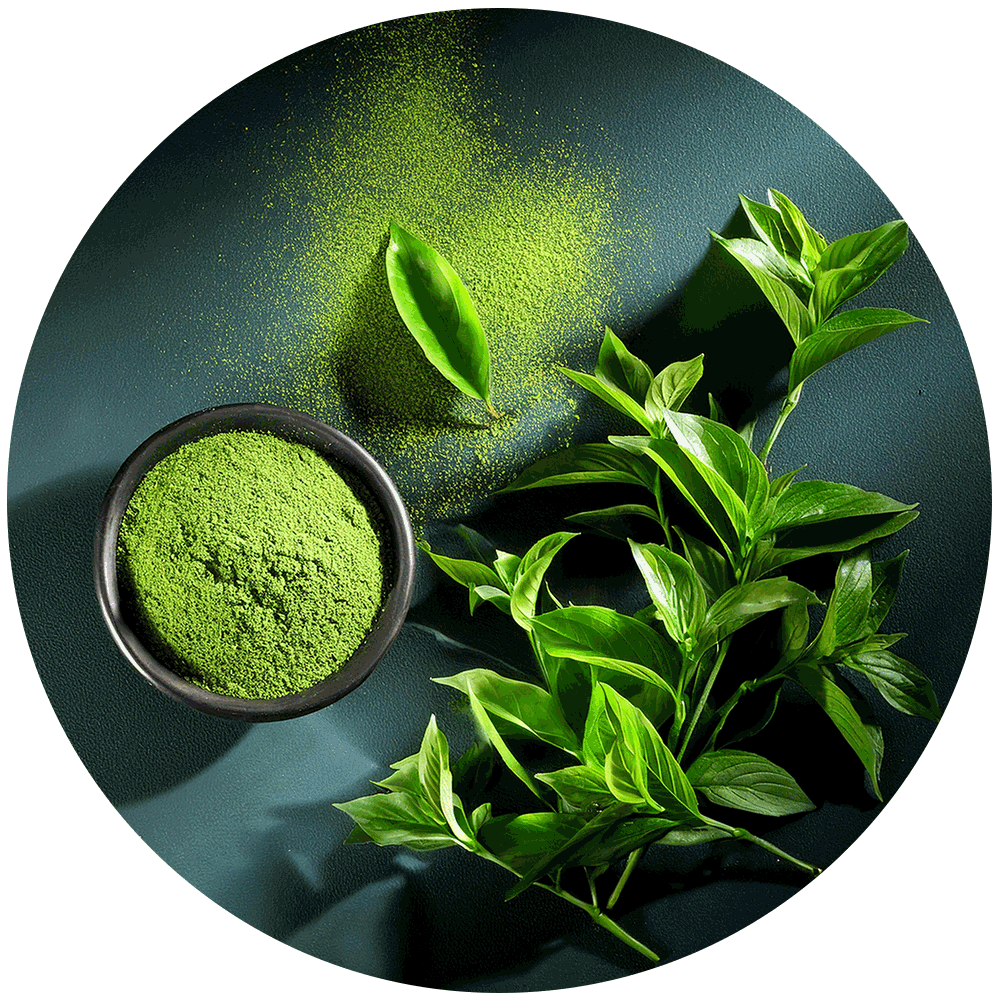

GREEN TEA
Camellia sinensis Kuntze Toning
Toning  Cardiovascular system
Cardiovascular system  Immune system
Immune system  Blood glucose
Blood glucose  Slimming
Slimming  Cognitive function
Cognitive function  Cholesterol
Cholesterol  Antioxidant
Antioxidant Originating in China, green tea has been consumed for over 4,000 years, not only for its taste, but above all for its health benefits. Green tea leaves are rich in antioxidants, notably from the catechin family, which stimulate the metabolism. Read the detailed description
Our references
Regulations
and analysis
Identification : TLC
Data on traditional use
Cahier de l’agence du médicament (France) :
- Stool transit and consistency
- Temporary fatigue
- Weight loss to complement dietary measures
- Renal water elimination
EMA monograph :
- Relief of digestive disorders such as indigestion with a feeling of fullness, bloating and flatulence.
WHO monograph :
- Fatigue and feeling of weakness
Monographie Canada :
- Antioxidant to maintain health
- Antioxidant for weight management
Association ideas by health axis
Select one or more axes:
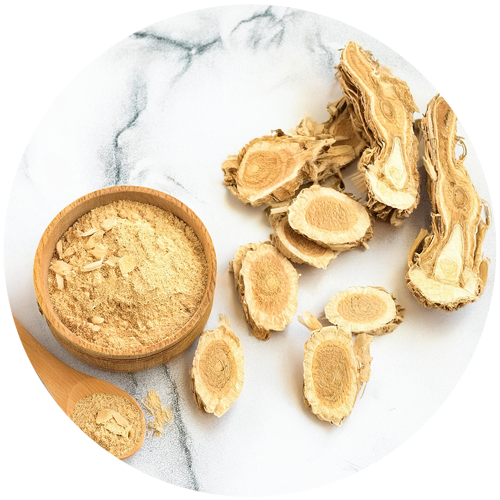
ASTRAGALUS
Astragalus membranaceus Bung.
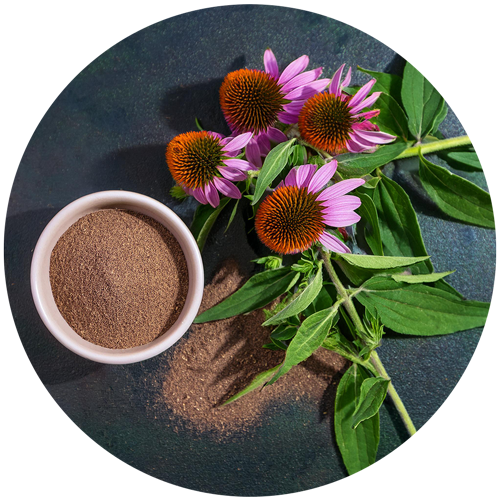
PURPLE ECHINACEA
Echinacea purpurea (L.) Moench
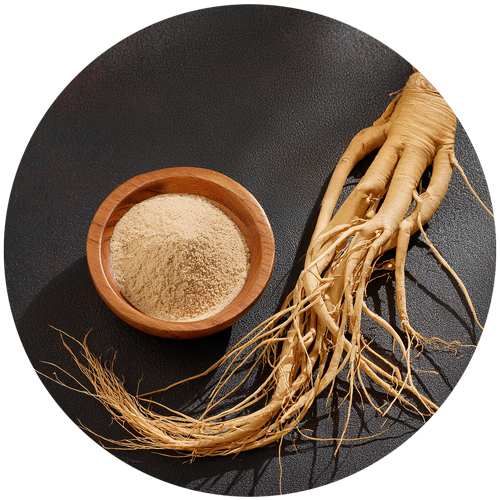
GINSENG
Panax ginseng C.A. Meyer
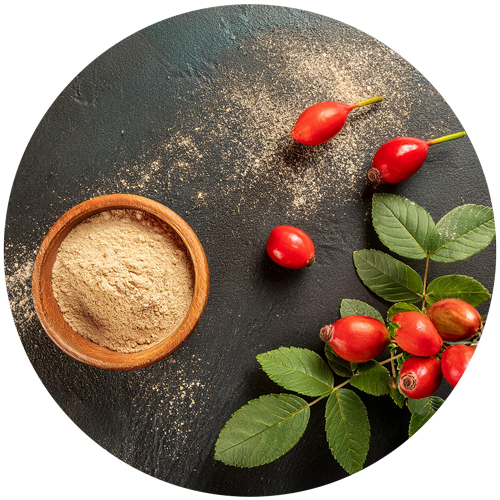
DOG ROSE
Rosa canina L.
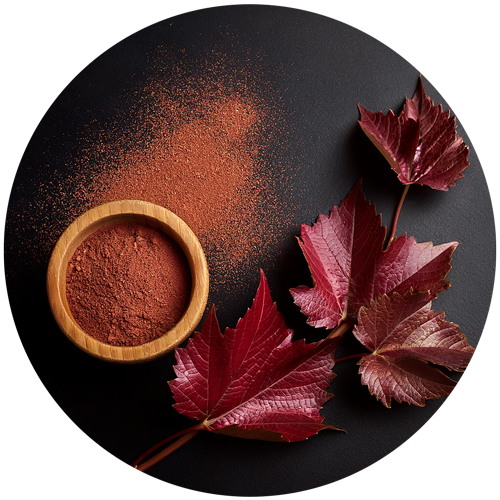
RED VINE
Vitis vinifera L. var. tinctoria
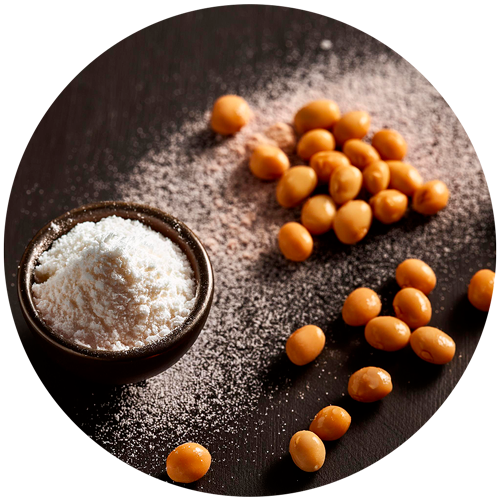
Nattiase: for normal blood flow.
Glycine max L.
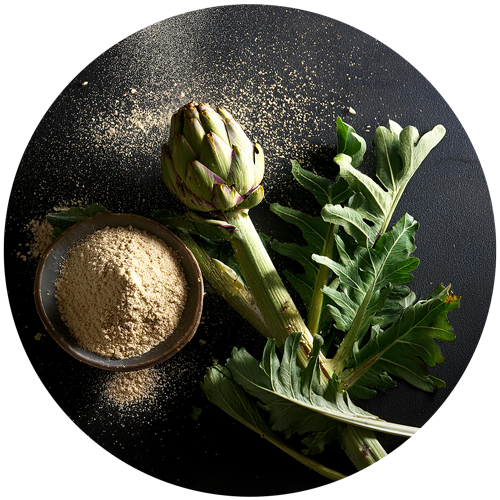
ARTICHOKE
Cynara scolymus L.
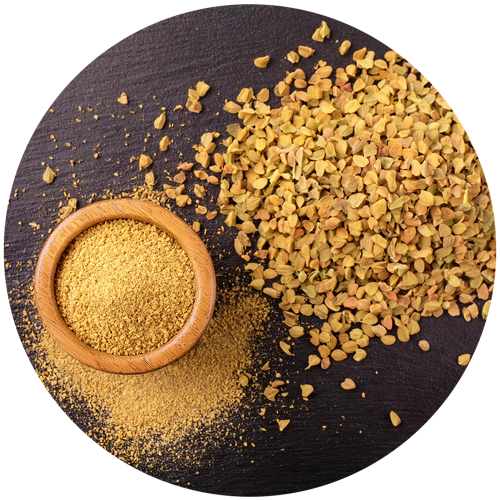
FENUGREEK
Trigonella foenum-graecum L.
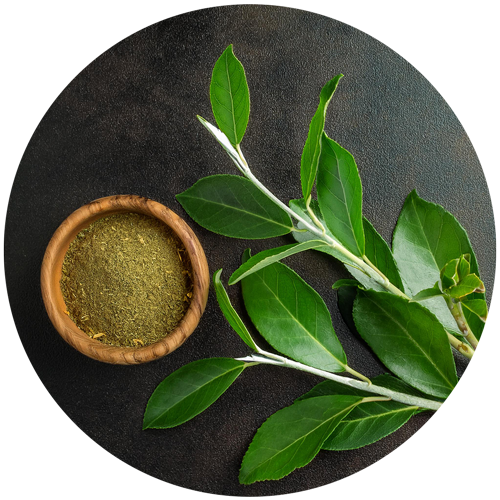
MATE
Ilex paraguariensis A. St. HILL
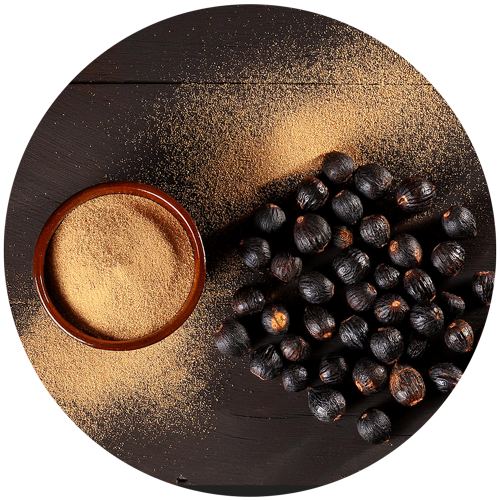
GUARANA
Paullinia cupana Kunth
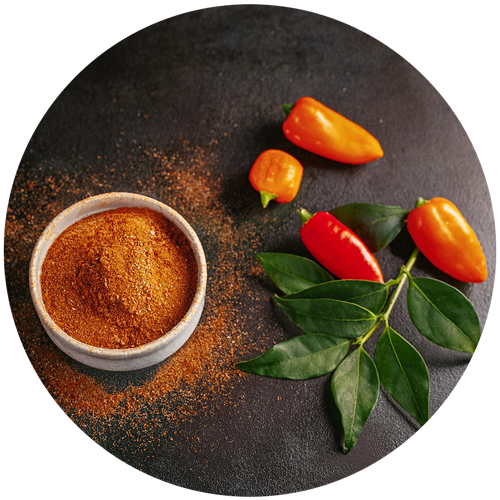
CAPSICUM
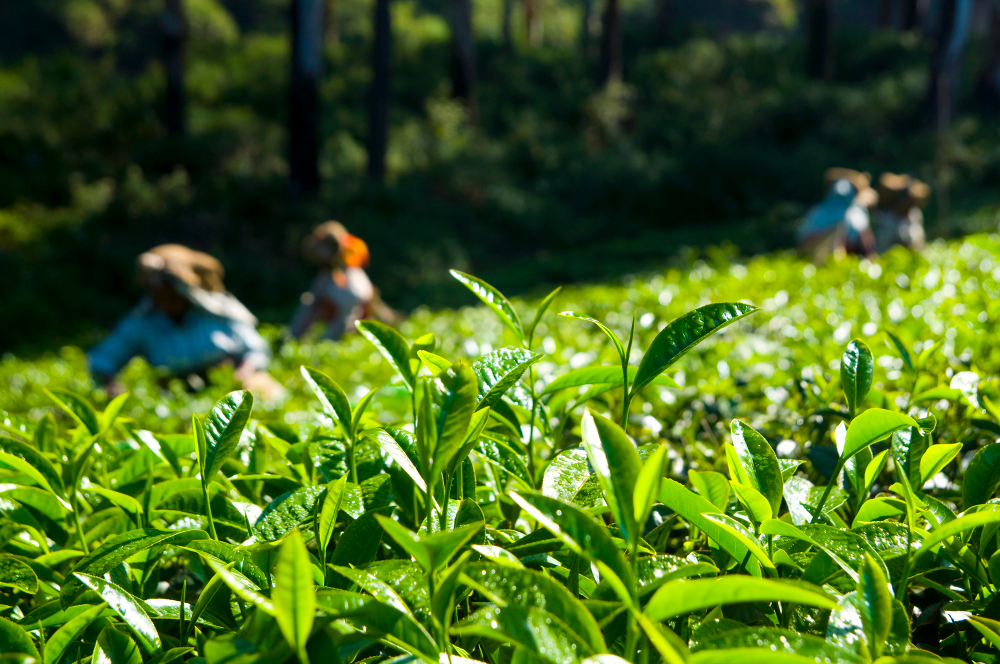
Detailed description
Green tea, Camellia sinensis, is a member of the Theaceae family, recognized by its narrow, light-green leaves. Native to China, it has been consumed for over 4,000 years. It was introduced to Japan in the 9th century, where it plays a central role in culture and the famous tea ceremony. Traditionally, the leaves are brewed to create a beverage appreciated for its stimulating and health-preserving effects. Rich in antioxidants, notably catechins and polyphenols, green tea leaves support cardiovascular health and stimulate metabolism and lipid oxidation. Its catechins are particularly well studied, as is L-theanine, an amino acid that promotes relaxation. Last but not least, green tea boosts the immune system.
